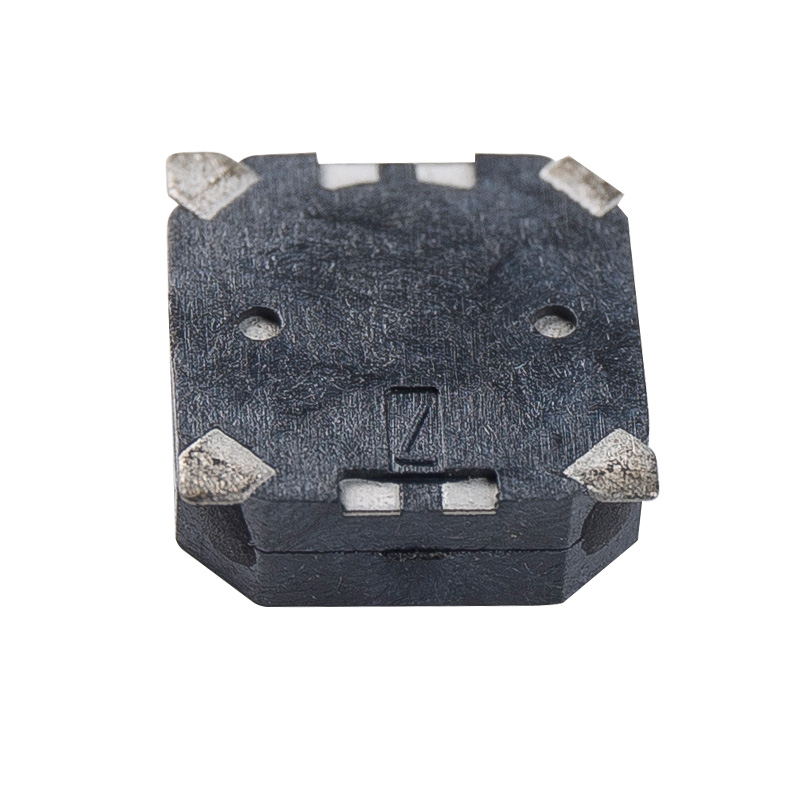SMD magnetic passive buzzers and piezoelectric buzzers are both used to create sound in small electronic devices, but when it comes to energy efficiency, SMD magnetic passive buzzers often have an edge.
The main reason for this energy efficiency difference lies in how the two types of buzzers generate sound. A magnetic passive buzzer works through the interaction between an electromagnet and a diaphragm. When an electric current flows through a coil, it generates a magnetic field, which moves a metal diaphragm back and forth, creating sound. Because the magnetic passive buzzer doesn’t require complex electronics to control its sound production, it can operate on lower power and still generate noticeable sound.
In contrast, piezoelectric buzzers rely on piezoelectric materials that change shape when an electric current is applied. This deformation creates vibrations that produce sound. However, these buzzers often require higher voltages to achieve the same sound level as magnetic buzzers. The extra voltage translates to more energy consumption.

Another factor is that SMD magnetic passive buzzers are “passive,” meaning they don’t have a built-in oscillator. Instead, they rely on external circuits to drive them. This allows for greater control over power usage because the frequency and voltage can be fine-tuned externally, ensuring that only as much energy is used as needed.
The simplicity in the design of magnetic passive buzzers, combined with the ability to control their power externally, makes them ideal for low-power applications, like alarms and indicators in battery-operated devices. That’s why, when you need something that balances sound output with energy efficiency, SMD magnetic passive buzzers often come out on top.


 EN
EN  English
English Deutsch
Deutsch 中文简体
中文简体
